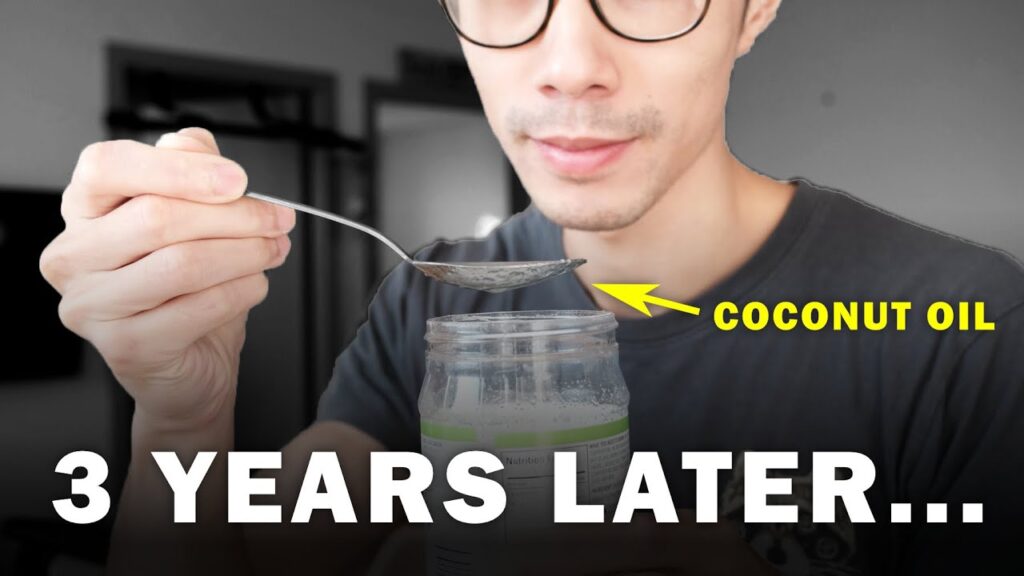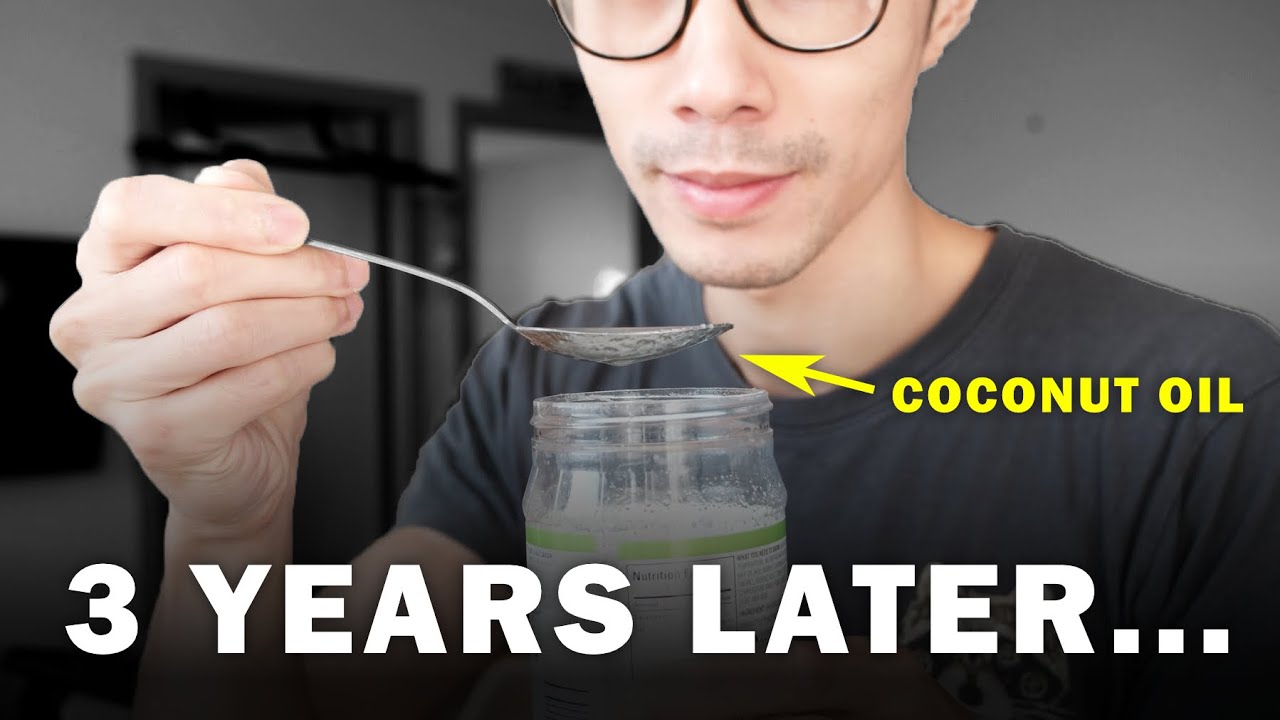
Oil Pulling and Thrush: Exploring the Potential Benefits and Risks
Oral thrush, a fungal infection caused by an overgrowth of Candida albicans, can be a persistent and uncomfortable condition. While conventional treatments like antifungal medications are often effective, some individuals seek alternative or complementary therapies. One such therapy that has gained attention is oil pulling. This ancient practice involves swishing oil in the mouth for a period, typically 10-20 minutes, and is believed to offer various oral health benefits. But can oil pulling help with thrush? This article delves into the potential connection between oil pulling and thrush, examining the evidence, risks, and best practices.
Understanding Oral Thrush
Oral thrush, also known as oral candidiasis, manifests as creamy white lesions, usually on the tongue or inner cheeks. It can also affect the gums, palate, and throat. Symptoms may include soreness, difficulty swallowing, and a cottony feeling in the mouth. While Candida albicans is naturally present in the mouth, certain factors can disrupt the balance and lead to an overgrowth. These factors include:
- Weakened immune system (e.g., due to HIV/AIDS, cancer treatment)
- Diabetes
- Use of certain medications (e.g., antibiotics, corticosteroids)
- Dry mouth
- Poor oral hygiene
- Dentures, especially if not properly cleaned
Prompt treatment is essential to prevent the infection from spreading and causing more severe complications. It’s crucial to consult a healthcare professional for diagnosis and appropriate treatment, which typically involves antifungal medications in the form of mouthwashes, lozenges, or pills.
What is Oil Pulling?
Oil pulling is an ancient Ayurvedic practice that involves swishing oil in the mouth for a specific period and then spitting it out. The practice is believed to detoxify the oral cavity, improve oral hygiene, and promote overall health. The most commonly used oils are coconut oil, sesame oil, and olive oil.
The purported benefits of oil pulling include:
- Reducing plaque and gingivitis
- Fighting bad breath (halitosis)
- Whitening teeth
- Soothing dry throat
- Boosting the immune system
While anecdotal evidence and some small studies suggest these benefits, more robust scientific research is needed to confirm these claims. The mechanism of action is thought to involve the oil trapping bacteria, fungi, and other debris in the mouth, which are then expelled when the oil is spat out. Coconut oil, in particular, contains lauric acid, which has known antimicrobial properties.
The Potential Link Between Oil Pulling and Thrush
Given the antimicrobial properties of certain oils, particularly coconut oil, some proponents suggest that oil pulling may help manage or prevent oral thrush. The theory is that the oil can help reduce the population of Candida albicans in the mouth, thereby alleviating the symptoms of the infection. However, it’s important to approach this claim with caution and consider the available evidence.
While there is limited direct research on oil pulling and thrush, some studies have investigated the effect of oil pulling on other oral bacteria and fungi. For example, some studies have shown that oil pulling with coconut oil can reduce the levels of Streptococcus mutans, a bacteria associated with tooth decay. [See also: Oil Pulling for Gum Health] The antimicrobial properties of lauric acid, found in coconut oil, may contribute to this effect.
However, it’s crucial to note that these studies do not directly address the effect of oil pulling on Candida albicans specifically. Furthermore, the efficacy of oil pulling may depend on various factors, including the type of oil used, the duration of swishing, and the individual’s overall oral hygiene practices.
Potential Benefits of Oil Pulling for Oral Health
Regardless of its direct impact on thrush, oil pulling can offer several potential benefits for overall oral health, which may indirectly contribute to preventing or managing oral infections. These benefits include:
Reduced Plaque and Gingivitis
By removing bacteria and debris from the mouth, oil pulling can help reduce plaque buildup and the risk of gingivitis, an inflammation of the gums. Maintaining good oral hygiene is essential for preventing oral infections, including thrush.
Improved Saliva Production
The act of swishing oil in the mouth can stimulate saliva production. Saliva helps neutralize acids, wash away food particles, and maintain a healthy oral environment. Dry mouth is a known risk factor for thrush, so promoting saliva production can be beneficial.
Antimicrobial Effects
As mentioned earlier, certain oils, such as coconut oil, possess antimicrobial properties that may help inhibit the growth of bacteria and fungi in the mouth. While more research is needed, this effect could potentially contribute to preventing or managing oral infections.
Risks and Considerations
While oil pulling is generally considered safe, there are some potential risks and considerations to keep in mind:
- Not a Substitute for Conventional Treatment: Oil pulling should not be used as a substitute for conventional medical treatment for thrush or any other oral infection. It’s essential to consult a healthcare professional for diagnosis and appropriate treatment.
- Potential Allergic Reactions: Some individuals may be allergic to certain oils. If you experience any allergic symptoms, such as rash, itching, or swelling, discontinue use immediately.
- Possible Side Effects: Some individuals may experience mild side effects, such as jaw soreness or nausea, especially when first starting oil pulling. These side effects are usually temporary and resolve on their own.
- Risk of Aspiration: It’s important to avoid swallowing the oil, as it contains bacteria and toxins that have been removed from the mouth. Swallowing the oil could potentially lead to digestive upset or other health problems.
How to Perform Oil Pulling
If you’re interested in trying oil pulling, here’s how to do it:
- Choose an oil: Coconut oil, sesame oil, or olive oil are commonly used. Coconut oil is often preferred due to its pleasant taste and antimicrobial properties.
- Take a tablespoon of oil: Put about a tablespoon of oil in your mouth.
- Swish the oil: Gently swish the oil around in your mouth for 10-20 minutes. Be sure to move the oil around all areas of your mouth, including between your teeth.
- Spit out the oil: Spit the oil into a trash can or sink. Avoid swallowing the oil.
- Rinse your mouth: Rinse your mouth thoroughly with water.
- Brush your teeth: Brush your teeth as usual.
It’s best to perform oil pulling in the morning before brushing your teeth. You can repeat the process daily or several times a week, depending on your preference.
Conclusion
While oil pulling may offer some potential benefits for oral health, including reducing plaque and gingivitis, there is limited direct evidence to support its effectiveness in treating or preventing oral thrush. Oil pulling should not be used as a substitute for conventional medical treatment for thrush. If you suspect you have thrush, it’s essential to consult a healthcare professional for diagnosis and appropriate treatment. However, as an adjunct to conventional treatment and as part of a comprehensive oral hygiene routine, oil pulling may contribute to a healthier oral environment. Always consult with your dentist or doctor before starting any new oral health regimen, especially if you have underlying health conditions or are taking medications.
Further research is needed to fully understand the potential benefits and risks of oil pulling, particularly in relation to oral thrush and other oral infections. In the meantime, maintaining good oral hygiene practices, including regular brushing, flossing, and professional dental cleanings, remains the cornerstone of preventing and managing oral health problems.

